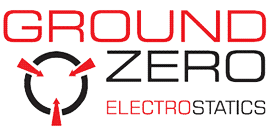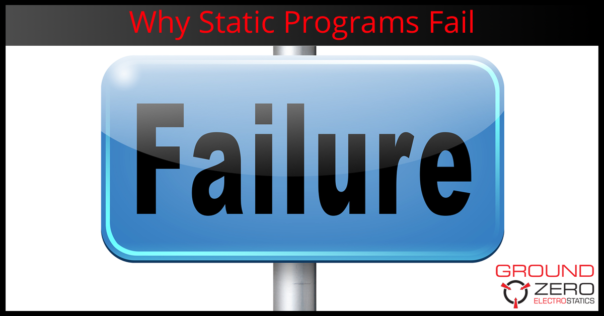Managing Static and ESD in Call Centers

Thanks to movies and TV, no matter how old you are, you’ve probably seen the old switchboards – whether it’s on Agent Carter or reruns of the Andy Griffith Show – and computers that barely fit inside a room – like in The Imitation Game or the TV show Manhattan.
Nowadays, of course, we carry the switchboard and the computer in a handy-dandy pocket device.
Likewise with emergency services. When we call 9-11, we expect a prompt response, and the person on the other end of the line assures us that police, fire, or ambulance are already in route as they continue to gather our information.
Computers help planes land, monitor traffic on the freeways, and even park your car for you.
But for all the advances in technology, there have been setbacks as well.
In the old days, phone and computer systems were built “solid-state.” Everything was confined within one unit and was protected from outside forces. Internally, they were defended from ElectroStatic Discharge (ESD) by microcircuit gate protectors.
Unfortunately, these gate protectors, while highly effective, tended to slow down the machines they were protecting – kind of like how some companies’ virus protection forces their machines to crawl.
As technology progressed, emergency services, military bases, and flight control centers started abandoning these more stringent preventative measures, in favor of speed.
The end result being, while these computers and call centers are protected in buildings made to withstand hurricanes, earthquakes and power outages, they can be disabled or even rendered completely useless by the tiniest static shock.
Which is why the proper ESD protection and protocols are so important in these mission critical locations.
Another factor to consider is that these facilities are typically open 24-hours a day and have hundreds of people pass through them on a regular basis. Some of them are trained and properly equipped with ESD shoes, heel grounders and even personal wrist straps, but certainly not all of them.
And when there’s a crisis and everyone needs to scramble to get the problem solved, the first thing to go is proper ESD procedures.
The answer is to make these facilities as static proof (or charge proof) as possible.
Like your skin (the largest organ in the human body), flooring is the largest and most vulnerable area for ESD buildup and discharge, if it’s not handled properly.
There are many options for ESD flooring, as we’ve discussed in prior posts, but in this instance, there are really only one option: carbon-fiber laced carpet.
The first thing you should know is that not all ESD carpet is created equal. Some companies promote and sell an ESD carpeting that is treated with a chemical to reduce static that disintegrates over time and must be reapplied.
Avoid these – you don’t want your static protection to be subject to a random timetable. Again, these facilities are always open. You’ll want to invest in a carpet whose static-prevention comes from the permanent physical composition of the materials.
For the same reason, you’ll want to invest in an ESD carpeting that is certified by ANSI/ESDA standards and reduces static regardless of the humidity levels or footwear worn by the personnel.
As an added bonus look for ESD carpet that is low maintenance, crush resistant, able to handle heavy foot traffic and comes with a lifetime warranty.
Contact us today for more information or to talk about your ESD flooring options. We would love to be your full service, seamless ESD solution provider.









